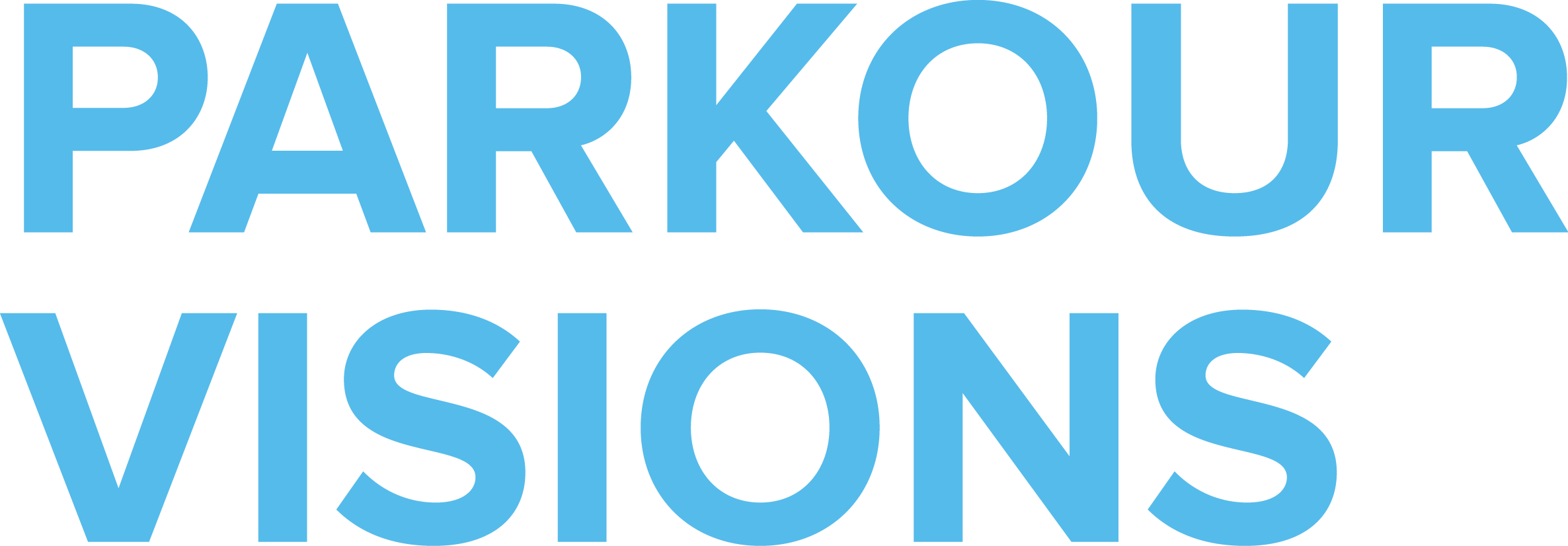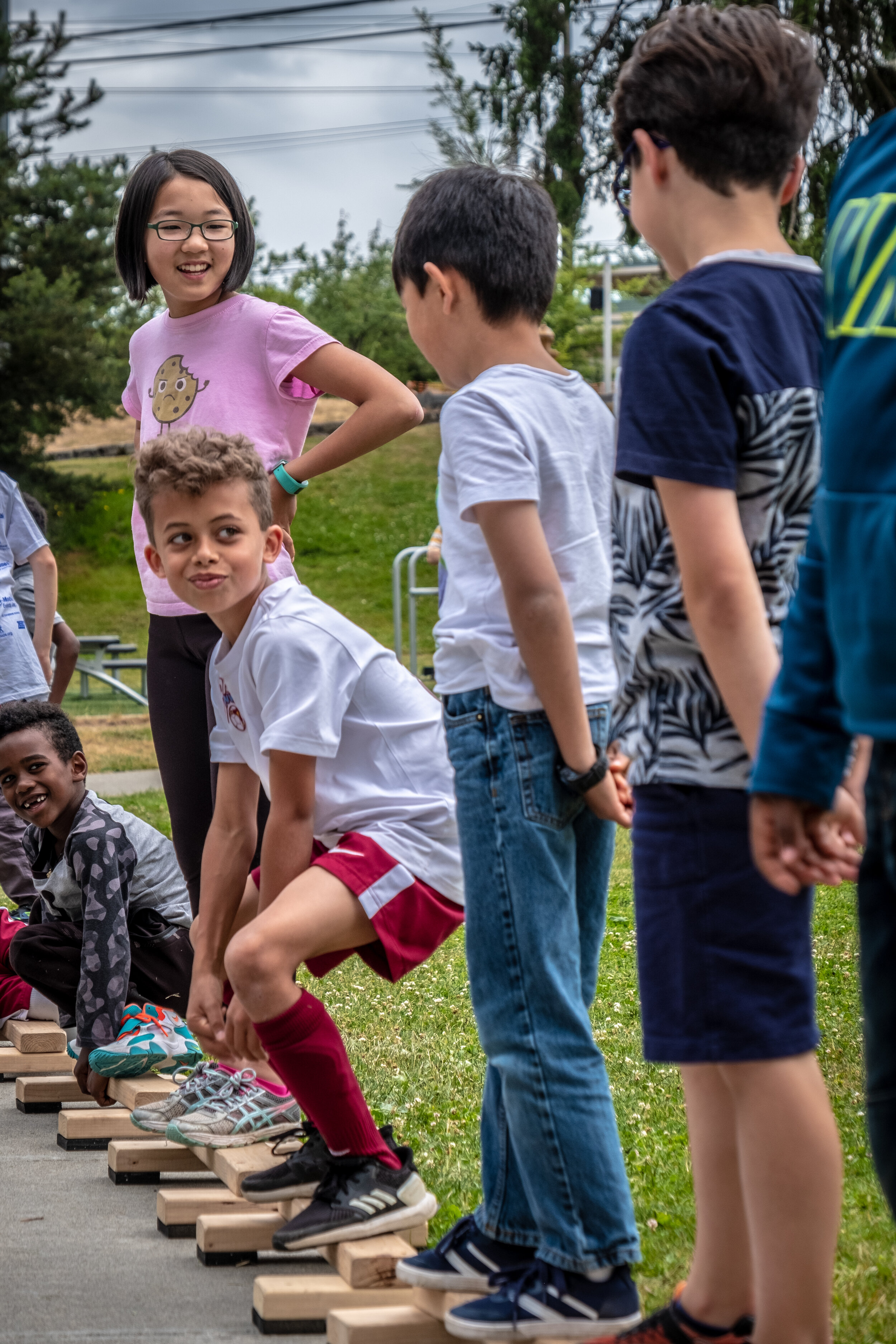Why We Are No Longer Looking for a Gym Space
Despite years of searching, Parkour Visions still does not have a gym. After monumental effort, we’re ending the search for a gym space. And that’s a very, very good decision for our organization.
For those who are new to PKV, from 2009 to 2017 our focus was teaching parkour classes in our gym. In November 2017, our gym closed. You can read the details in our 2019 Mid-Year Update, but in short: We did not get the correct occupancy permits before opening the space. It was a risk, and in the end, our gym got shut down.
Finding balance.
The sudden closing of the gym was a major loss for the community and a major financial loss for the organization. In many people’s eyes, Parkour Visions was synonymous with the gym. We were heartbroken to see it go.
We wanted to reopen a space. Out of respect for the community, and out of concern for our longer-term financial stability, we decided to ensure we had correct permitting when we did.
Since then, we have looked at listings for over 80 spaces and visited between 2-3 dozen of them. We submitted letters of intent on multiple different locations. Sometimes we were outbid. Other times the landlord decided to sell rather than rent. The biggest obstacle in our way, however, was the cost.
We moved furthest in the process with a large industrial warehouse space in Ballard. After they accepted our letter of intent in late 2018, we hired an architect and got a full case review by the Seattle Department of Construction & Inspections (SDCI). We did not get a favorable response. SDCI wanted to classify us as Assembly Group A occupancy, which would require a change of permit and major upgrades to the space.
Changing your occupancy permit is an extensive and expensive process, as we noted last year. The process begins after you sign the lease, during which time you are paying rent but not allowed to use the space. The approval process takes 6-8 months and could go much longer. (For reference, the rent on our previous space was $14k a month, and we estimated the needed upgrades for that space would have cost $500,000.) After that, we would need time and money to do our own build-out.
We have been slow to come to the realization that opening a space with correct permitting costs so much. Altogether, we could have spent $1 million or more on various expenses before ever making a dime on the gym. As a small organization, we do not have that kind of money.
After the gym closed, we raised $100,000 through fundraising–enough to sustain the organization for a time, but not enough to also cover the startup costs of a new gym. During the search process, we scrambled to create new programs to bring in revenue. In addition to all the work required to run this new programming, our executive director sometimes spent entire workweeks looking at spaces, meeting with our broker, architect, community members, and potential partners and investors, and thinking through the incredible puzzle of how to get a space off the ground in a real estate market and city that disadvantages small businesses.
It was a painful, exhausting time. All those resources invested, with no results. In terms of serving the community, the gym search had led us to a complete dead end.
Earlier this year, after thousands of hours of effort, we decided to stop looking for spaces.
--
We understand the value of gyms; that’s why we put in such incredible effort to opening another space. Gyms provide a physical space for a community to gather and come home to. Gyms can inspire creativity and give a sense of legitimacy to parkour. They can be a safe space for some.
Many of our staff and community members started training in the old gym, and we still like training in gyms. Cordelia, Brian, and Rebecca travel and train at gyms in other areas. We miss having a gym in Seattle.
But opening up a gym ties up an awful lot of capital. That’s money we have to save up, rather than invest in our programs, students, and staff. It’s a trade-off: serve fewer people now so that we may put that money into a singular indoor space later down the line. As much as we want a gym, is that what’s best for the community? Is that what’s best for our organization?
We decided it was not. Even if money fell out of the sky today, we would use it to expand programming and improve worker benefits immediately. As a 501(c)(3) nonprofit organization, we are stewarding public funds. We are not a private company. Our bottom line is our mission.
Expanding access with the Youth and Amateur Sports Grant.
Operating without a gym forced us to re-evaluate our mission and experiment with how best to achieve it. We are grappling more deeply with equity than we were before. In the years since the gym shut down, we began to think about how operating without a gym can actually expand access.
By moving out of the gym, we’ve moved into the community. Since 2018, we’ve served over 50 locations all over Seattle–parks, schools, and community centers.
We’re more invested in park stewardship and advocacy now, and we remain committed to building and designing play spaces. We’ve renewed our efforts to get a parkour park built in Seattle, after designing Washington state’s first parkour park and many others across the continent.
We meet people in their own communities, helping them build deeper relationships with their environments. We’ve leaned further into civic empowerment and community engagement. In fact, we’ve added it to our curriculum. From taking care of our outdoor spaces, to learning how to share space, to park advocacy, it’s part of being a good citizen.
The micro-communities that emerge in our classes help create a more decentralized, autonomous parkour community. We are one of many organizations that work together in Seattle, not the single most important.
Returning to the roots.
And by training and teaching outside, we’re more connected to the roots of parkour. Our movements exist in lots of other sports: running, jumping, vaulting, swinging. The outdoor environment and our relationship to it is what makes parkour unique.
It also bears repeating that without a gym, we are much more nimble financially. Covid has ravaged many small businesses. We’ve seen more than a few indoor fitness locations close. While we certainly struggled, we survived. We’re crossing our fingers no more parkour gyms fall to Covid.
--
Autumn seems like a good time to make this announcement. The leaves are changing color, the days are getting shorter, and we are completing this chapter of our history. There’s power in admitting failure. It allows us to fully grieve what we’ve lost and learn from it.
Letting go of the past also allows us to more fully embrace our present and future. Our mission is to help people overcome barriers through movement and play. We can do that anywhere and everywhere.
Indeed, we’ve built outdoor programs all over the city. Join us in creating this future! Sign up for one of our free adult parkour classes or our Family Parkour Workshop on December 20. Your youth can join our Winter Break Parkour Camps, our weekly kids classes, or our Teen Team.
And if you have feedback or ideas to share, you can email our executive director at cordelia@parkourvisions.org.



